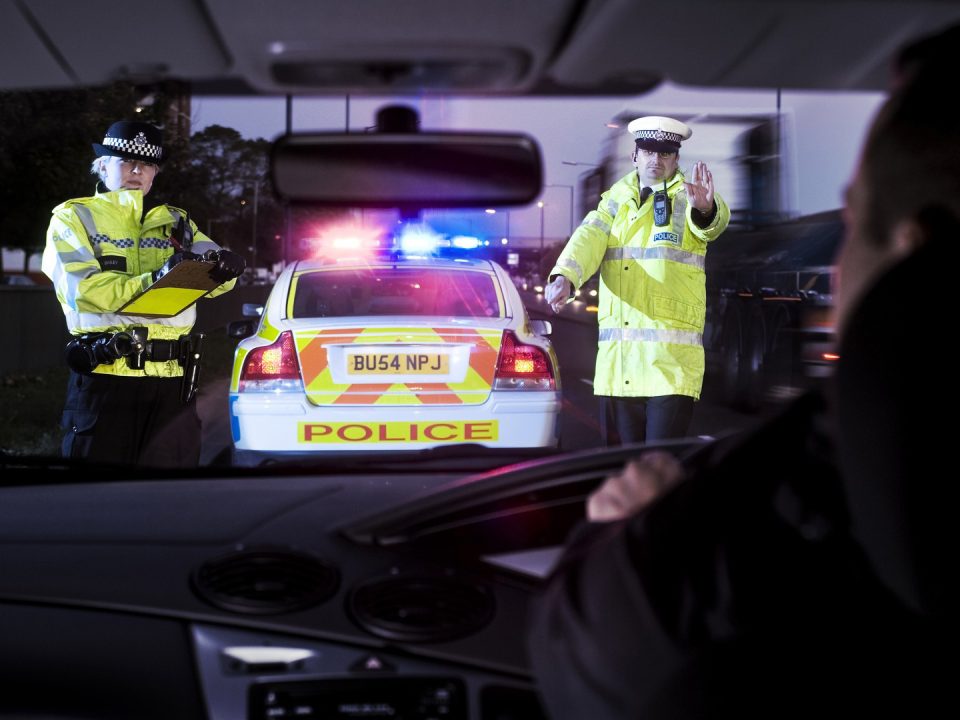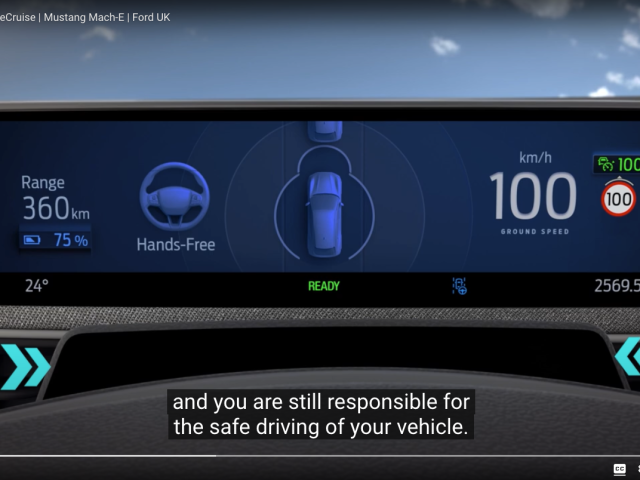
Majority support lower BAC limits in England and Wales, 50 years after first UK blood alcohol limits
50 years after the UK first introduced breath testing and blood alcohol limits, a motorists’ organisation has backed calls to reduce the legal blood-alcohol limit for drivers in England and Wales for the first time.
While the 0.8g/l limit has been in place since a legal maximum was introduced in 1967, Scotland took the decision to cut to 0.5 in December 2014 and Northern Ireland is in the process of doing the same. The limit in almost all other European countries is 0.5 or less.
On questioning 1,727 motorists over the issue of whether the limit should be lowered, research for the RAC’s 2017 Report on Motoring found six in 10 (59%) supported a reduction in England and Wales. Of those, 38% said they would like to see the drink-drive limit reduced to 0.5g/l across the whole of the UK while 21% would prefer it to go lower still to 0.2g/l.
Almost a quarter (24%) of motorists surveyed listed drivers under the influence of drink as one of their top-four concerns.
Government statistics for Britain show there has been little change in the number of casualties from reported road accidents between 2012 and 2016 where one of the drivers or riders was impaired by alcohol. In both years 143 people lost their lives in such accidents, and very similar numbers did so in the years in between. The latest figures showed a substantial reduction in the numbers of breathalyser checks carried out – probably linked to lower resources for traffic police.
A recent survey of UK police forces found that areas with the highest proportion of drink driving offences were in rural areas.
The UK’s fifty year old drink driving limits were not the first in Europe. Norway introduced a BAC limit of 0.5g/l in 1936, followed by Sweden with 0.8 in 1941.







